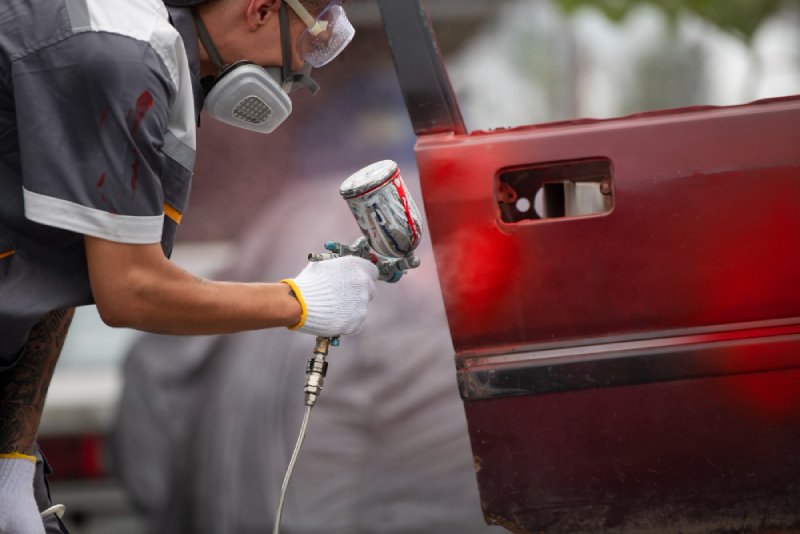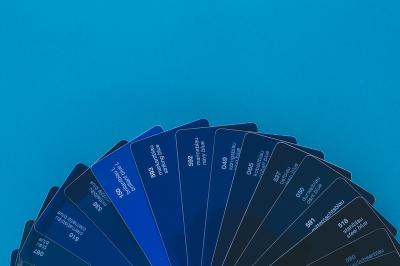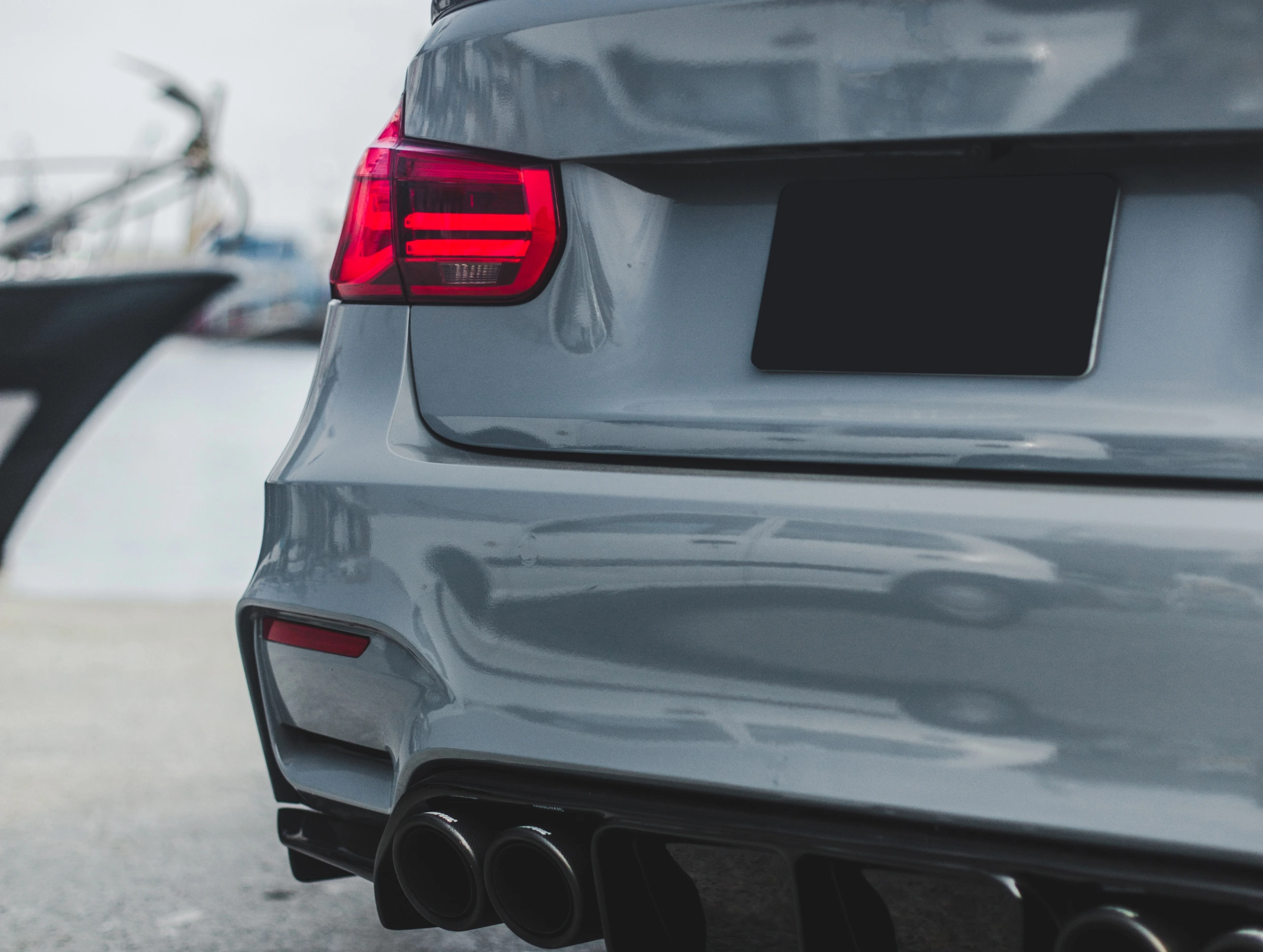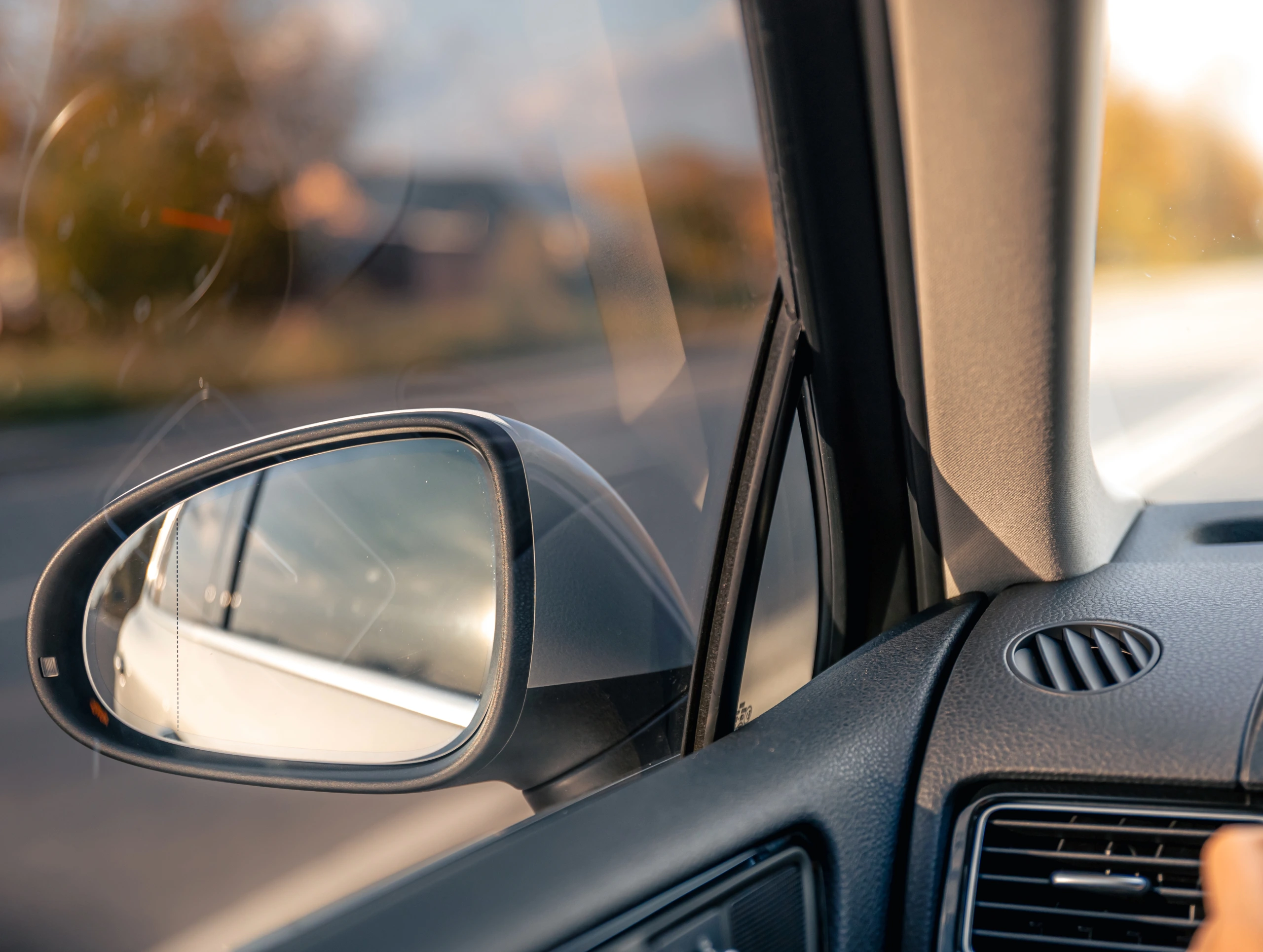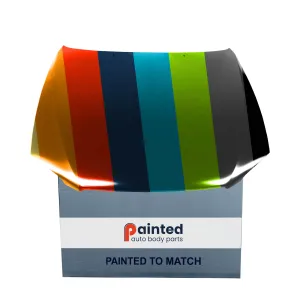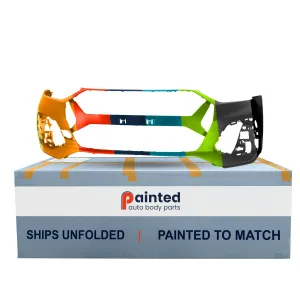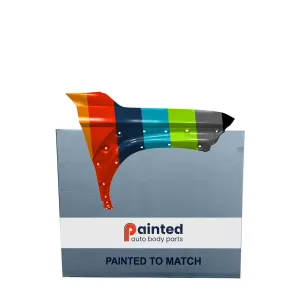Think of a car's paint job like a well-layered cake, each layer serving a purpose to create a perfect finish. The primer, basecoat, and clearcoat all work in harmony to provide both beauty and protection.
But how do these layers interact to shield your vehicle from the elements while maintaining that showroom shine? Discover the intricacies behind these layers and why they matter for your car's longevity and appearance.
What is Automotive Paint Made of?
Automotive paint is a complex blend of various chemical compounds that work together to provide durability, aesthetics, and protection for your vehicle. When you explore the paint ingredients, you'll find resin, pigments, solvents, and additives, each playing a vital role in the paint chemistry.
Resins form the paint's backbone, ensuring adhesion and durability. Pigments give your car its vibrant color and are carefully mixed to achieve the perfect hue. Solvents, meanwhile, help the paint flow smoothly, allowing for even application.
Additives enhance specific properties, such as UV resistance or drying time. Understanding the chemistry behind these ingredients reveals why modern automotive paint doesn't just look good-it also provides essential protection against the elements, ensuring your vehicle remains in top condition.
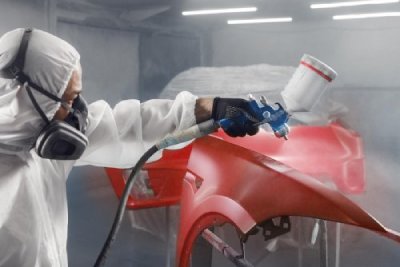
The Evolution of Modern Automotive Paint Technology
As automotive paint technology has evolved, manufacturers have markedly reduced paint thickness while improving durability and environmental impact. You've likely noticed that modern cars look sleeker than ever.
Thanks to paint innovations, today's paint systems are more efficient and sustainable. Eco-friendly solutions are at the forefront, with water-based paints drastically reducing volatile organic compound emissions.
Consider these advancements:
- Paint innovations: Incorporating nanoparticles for a smoother, more resilient finish.
- Eco-friendly solutions: Using low-VOC paints to minimize environmental harm.
- Durability: Enhanced clearcoats protect thinner layers without sacrificing longevity.
- Aesthetics: Metallic and pearlescent finishes add depth and allure.
With these advances, automotive paints are not just about looks but also play an essential role in sustainability and protection.
Automotive Paint Layers Explained
When exploring automotive paint layers, you'll find that each layer plays a unique role in your car's appearance and protection. The primer layer sets the stage by ensuring good adhesion and preventing rust, whereas the basecoat gives your vehicle its color and visual appeal. Finally, the clearcoat shields the paint from damage and adds that glossy finish you love.
Primer Layer
Before a car's vibrant color comes to life, the primer layer plays an essential role in the painting process. As the first layer applied to the car's body, primer functions to prepare the surface for the basecoat, ensuring good paint adhesion.
It's your car's first line of defense against rust and corrosion, sealing the metal and filling in any surface imperfections.
Understanding primer types is key. You might encounter epoxy primers, known for their excellent adhesion properties and rust resistance. Alternatively, urethane primers offer flexibility and are easy to sand, making them a popular choice for repairs.
Each type serves a specific purpose, enhancing durability and finish quality. With the right primer, you're setting the stage for a flawless paint job.
Basecoat Layer
The basecoat layer is where your car truly comes to life with color and style. This layer offers the vibrant hues you've chosen, using high-quality, highly pigmented paint to create depth and richness.
Basecoat application is vital for achieving that perfect look, as it's the layer you'll see every day. You can select any color, from classic shades to bold, unique tones, tailoring your car's aesthetics to your taste.
Basecoat benefits include enhancing your vehicle's appearance and providing a foundation for further protection. It guarantees an even color distribution, which is essential for a stunning finish. By investing in a quality basecoat, you're not only enhancing your car's visual appeal but also setting the stage for long-lasting beauty.
Clearcoat Layer
Although often overlooked, the clearcoat layer is vital in maintaining your car's aesthetics and durability. Acting as the final protective shield, the clearcoat guards your vehicle's paint from harmful UV rays, environmental contaminants, and minor abrasions.
With its glossy finish, it enhances the basecoat's color, adding depth and shine. The clearcoat benefits extend beyond just looks - it greatly contributes to the paint job's longevity.
You'll find that clearcoat durability is essential for resisting daily wear and tear, which helps prevent color fading and maintains your car's vibrant appearance. Regular maintenance, like washing and waxing, can further boost its protective qualities. By preserving the clearcoat's integrity, you're ensuring your vehicle remains looking new and well-protected over time.
How Thick is Modern Automotive Paint?
Modern automotive paint technology has made significant strides in reducing paint thickness while maintaining durability and enhancing sustainability. When you look at a car's finish today, you're seeing a precisely engineered multi-layer system.
The typical paint thickness, including primer, basecoat, and clearcoat, now ranges from 110 to 125 microns. This reduction doesn't mean compromised strength; instead, thinner layers are more efficient and environmentally friendly.
The clearcoat, vital for automotive durability, is the thickest part, ranging from 40 to 50 microns. It protects against UV rays and environmental damage. Meanwhile, the basecoat provides color with a thickness of 15 to 25 microns. Modern advancements guarantee that even with less material, your vehicle's paint remains robust and visually appealing.
Why is Car Paint Maintenance Important?
Regular maintenance is essential for keeping your car's paint looking its best and extending its lifespan. By taking care of your vehicle's exterior, you enhance paint durability and preserve its glossy appearance.
Here are some maintenance tips to follow:
- Wash regularly:Clean your car every two weeks to remove dirt and debris that can damage the paint.
- Wax it:Apply a coat of wax every three months to protect the paint and enhance its shine.
- Park smart: Whenever possible, park in shaded areas to minimize UV exposure and prevent fading.
- Fix scratches promptly: Address nicks and scratches quickly to prevent rust and further damage.
Final Thoughts
You've now uncovered the science behind car paint layers, revealing their essential role in both aesthetics and protection. By understanding these layers-from primer to clearcoat-you grasp how they collectively fend off rust, enhance color vibrancy, and shield against environmental damage.
This layered approach isn't just a technological marvel; it's a demonstration of how innovation prolongs a car's beauty and lifespan. So, don't underestimate the power of regular maintenance-it keeps your vehicle looking and performing its best.
Frequently Asked Questions
How Do Environmental Factors Impact Automotive Paint Longevity?
- When it rains, it pours. UV exposure and temperature fluctuations can cause paint to fade. Humidity levels and acid rain accelerate corrosion, while pollution effects lead to discoloration. Protect your car to guarantee its longevity.
Can Automotive Paint Colors Affect Vehicle Resale Value?
- You should consider color trends when thinking about resale value. Popular colors like white, black, and gray often do better in the resale market. Unique colors might limit potential buyers, impacting the vehicle's overall resale appeal.
What Are the Signs of Paint Deterioration?
- You'll notice paint deterioration through fading signs and peeling layers. Fading indicates UV damage, while peeling shows poor adhesion. Regular inspection helps catch these early. Don't ignore them, as prompt action can prevent further damage.
